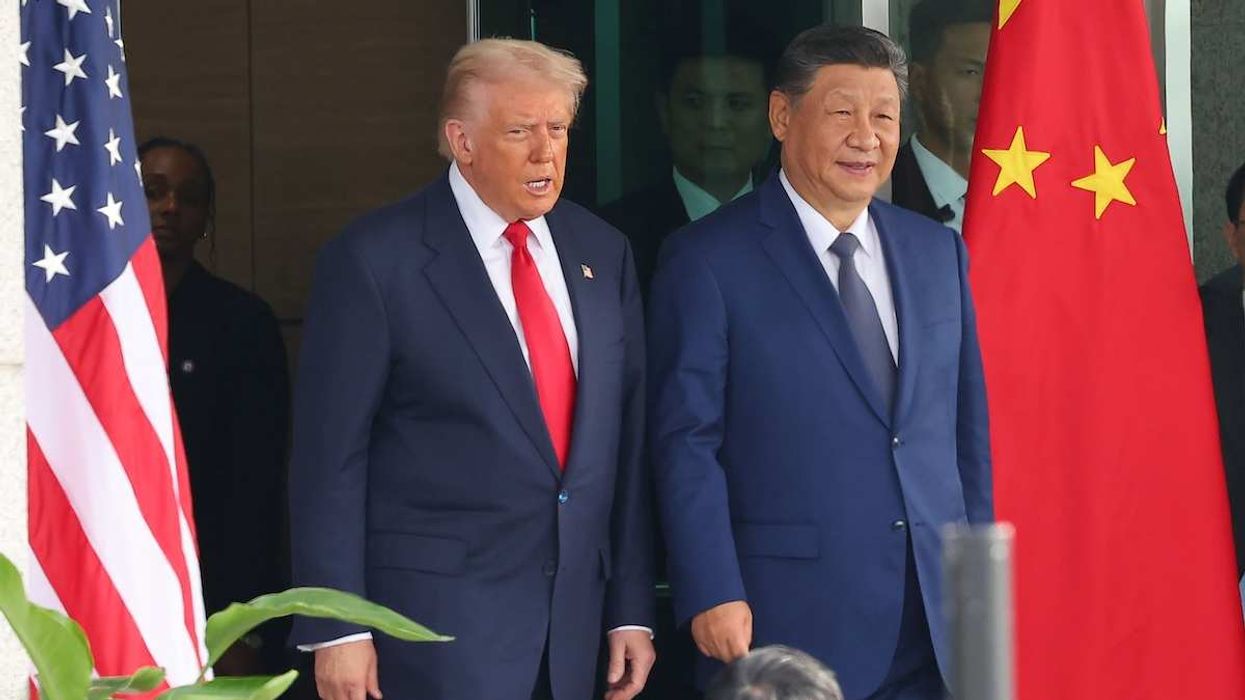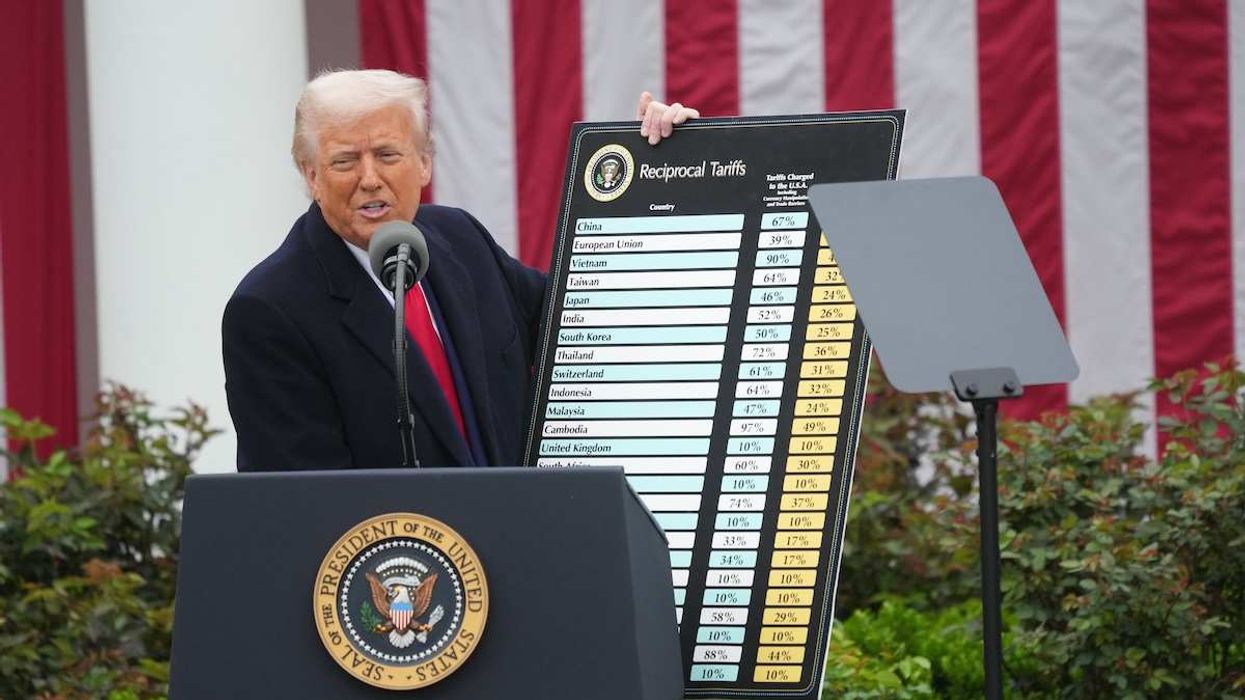Japan’s ruling Liberal Democratic Party (LDP) is holding a leadership race to replace outgoing Japanese Prime Minister Shigeru Ishiba, who resigned in September after defeats in the Upper House and Tokyo’s municipal elections this summer. The party has held power for most of the last 70 years, and this mid-term intra-party election is unprecedented. But it comes as public anger over political finance scandals and inflation (rice prices doubled in one year), as well as anxiety over immigration, have made the case for a reset. The race’s slogan is “Change, LDP,” and on October 4, the LDP could deliver, electing either the country’s first female prime minister or a millennial reformer promising a generational shakeup.
Who’s running?
There are five main candidates but polls show the leading contenders to be former Economic Security Minister Sanae Takaichi, 64, an arch-conservative career politician first elected in 1993 who finished second to Ishiba in last year’s LDP leadership, and the telegenic moderate Shinjiro Koizumi, a 44-year old Agriculture minister. Koizumi has scrambled to lower rice prices and is the son of the charismatic former Prime Minister Junchiro Koizumi, (who, as some of our readers may remember, famously serenaded then-US President George W. Bush with Elvis karaoke in the early 2000s.)
Where Takaichi and Koizumi would take Japan
Takaichi may be a woman, but she’s no feminist, endorsing male primogeniture in Japan’s royal house and styling herself after late UK Prime Minister Dame Margaret Thatcher. She is a foreign policy hawk in the vein of late Japanese Prime Minister Shinzo Abe, in whose Cabinet she served in the mid 2000s. Takaichi would revise Japan's pacifist Constitution to formally codify the existence of its Self-Defense Forces and take a tougher line on China. On economics, she also echoes Abe, proposing to issue more bonds to fund a combination of tax cuts and cash payments to households to offset cost-of-living increases, and eliminate gas taxes.
Her “Japan First” policies include reviewing the US-Japan trade deal, cracking down on badly-behaving tourists, and curbing immigration. Lately, however, she has moderated some of her harder-line positions in order to woo centrist voters, promising a gender balance comparable to that of the Nordic countries, where approximately 40% of cabinet members are women, and to ensure “peaceful” coexistence with foreigners.
Koizumi, meanwhile, pledges party reform and practical cost-of-living fixes but wouldn’t take on new debt. He wants to grow productivity and wages to combat inflation, and would also slash gas taxes. He’s taken progressive positions on cultural issues, supporting a women’s right to inherit the imperial throne and agreeing that married couples can use separate surnames. But lately, he has de-emphasized those stances to court more conservative lawmakers. He’s also talking tougher on migration, acknowledging public concern over an increase in foreign residents.
The challenge from the right
Adding to the intrigue, the LDP leadership race comes in the wake of the far-right’s surging popularity in Japan’s national elections last July, when the ultra-nationalist Sanseito party captured 14 seats in the Upper House, after previously holding just one. Sanseito’s traditionalist views on family and fierce opposition to foreigners have carved away the LDP’s right flank and garnered support among young Japanese. The LDP wants to regain both of those groups.
And now, a scandal
This past weekend, Koizumi’s campaign was hit by scandal. He apologized after a campaign worker – who then resigned – solicited supporters to post favorable comments about him while slamming Takaichi – a no-no according to conservative party rules. The scandal has now caused a key LDP coalition partner to call on Koizumi to withdraw from the race. At press time, there has been no response from Koizumi’s camp.
Lawmakers will have more sway than rank-and-file party members
While the public favors Koizumi, party members lean toward Takaichi. And the LDP voting system could work in her favor.
Half of the 590 votes for leader in the first round will be cast by the party’s 295 elected representatives. The other 295 will be allocated proportionally based on the votes of 1 million LDP members – which benefits Koizumi.
But if no candidate clears 50% (which polls say is likely), the top two contenders advance to a runoff where the 295 members of Japan’s parliament still each have one vote, but rank-and-file members only collectively have 47, one from each of the LDP’s prefectural chapters, for a total of 342. That gives lawmakers a greater say and favors establishment candidate Takaichi.
After the vote
Whoever wins will face the same challenges: crafting a coalition to stay in power and maintaining relationships with Japan’s allies. Sanseito says it is open to a coalition deal, but that would alienate more moderate parties. The strongest candidate to join the coalition, according to Eurasia Group’s Director for Japan and Asian Trade, David Boling, is the Japan Innovation Party, which – until the Koizumi scandal – had been holding talks with both camps.
Japan’s relationships with the United States and China pose another challenge. According to Boling, “The US is Japan’s most important ally – no other country is even close. So, at the top of the new prime minister’s to-do list is to have a good relationship with US President Donald Trump and his administration.”
As for China, Japan wants a stable economic relationship, because it is Japan’s top trading partner. But on national security issues, China is also Japan’s top security challenge, making for a tricky balancing act.
Then there’s South Korea. Boling believes that Seoul wouldn’t be pleased with a Takaichi victory, as “her nationalism is a turnoff.”
Will both leading candidates remain in the race? Will the LDP veer right, moderate or progressive? We’ll see just how Japan’s political axis tilts when the vote comes in this week.


















